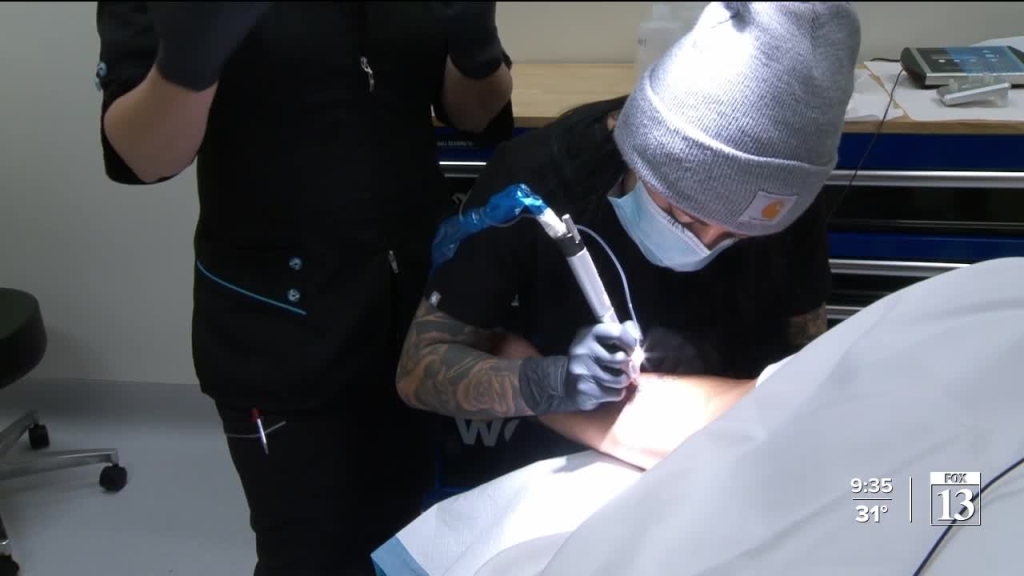The Utah Department of Corrections has introduced a pioneering pilot program aimed at assisting inmates in the removal of their tattoos, particularly those associated with gangs. The initiative seeks to enhance inmates’ prospects of gaining employment and reintegrating into society post-release. By employing a process that exfoliates the skin to expel tattoo ink, the program aims to restore inmates’ skin to its natural state. Eligibility for participation requires inmates to sever gang affiliations and complete behavioral therapy sessions.

With a quarter of Utah’s prison population affiliated with gangs, the tattoo removal process has commenced for only a few inmates. The Department of Corrections plans to extend the program to additional facilities if its effectiveness is substantiated.
Public perception of this initiative diverges significantly. Supporters commend the Corrections Department’s endeavor, considering it a positive step toward reducing recidivism by facilitating inmate reintegration into society.
“This initiative by the Utah Department of Corrections is a step in the right direction. Helping inmates reintegrate into society is crucial for reducing recidivism rates.”
Contrarily, critics question the program’s funding source, expressing reservations about taxpayer money funding the tattoo removals. They argue that respect and employment should be earned, viewing tattoos as secondary to employment opportunities.
“Maybe let them earn the respect. There are consequences to bad choices. Tattoos are not keeping you from being employed.”
There’s a prevailing sentiment that the prison system should not serve as a recovery platform but rather a penance, believing that the stigma of being an ex-convict will persist despite efforts to reform.

The public remains divided on the initiative, with proponents lauding its potential to aid rehabilitation and detractors labeling it a superficial solution that fails to address the core issues faced by ex-convicts.
The discussion surrounding Utah’s inmate tattoo removal program engenders debate, with opinions ranging from seeing it as a proactive measure toward rehabilitation to perceiving it as a superficial remedy that sidesteps the fundamental challenges confronting ex-convicts.

What are your thoughts on this matter? Do you perceive this program as an instrumental step toward inmate reintegration, or do you view it as an inadequate solution that neglects deeper rehabilitation needs? Share your perspective on this contentious issue.
Latest News:
- Texas Immigration Law Sparks Escalating Tensions Between Biden Administration and Border States Amidst Migrant Crisis
- Fatal Car Accident Claims Three Lives in Orangeburg County, South Carolina
Despite being a student and an athlete, Sachin never lets himself be confined merely to sports or academics and rightly shows vivid interest in work behind the lenses thus, making him the right fit for being a content creator at Landscape Insight. He serves the website with various reports from the entertainment industries right from web series to movies. When not found writing, he enjoys listening to music and playing video games.
You can reach him at [email protected] or through our website’s contact page.







